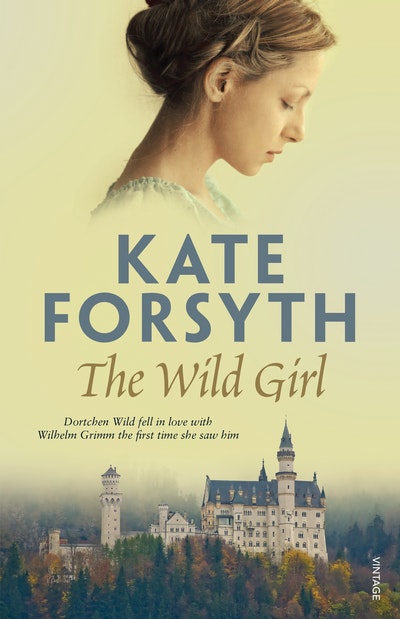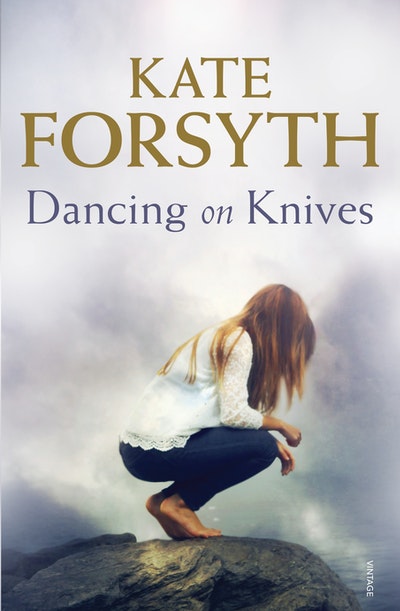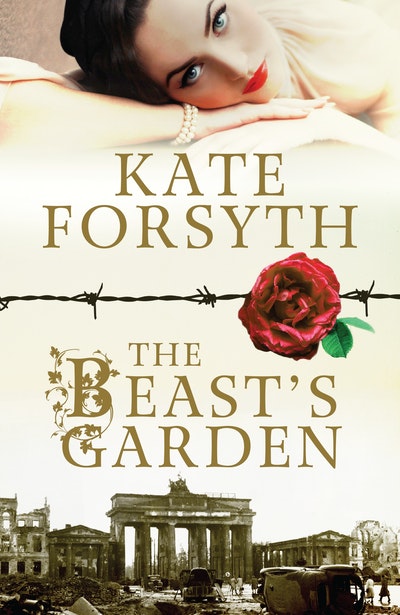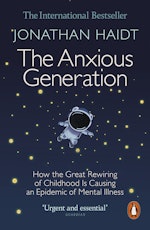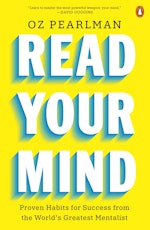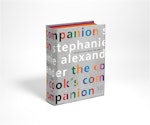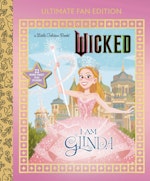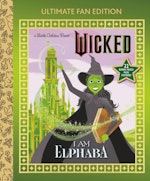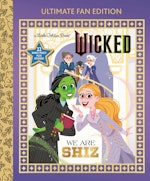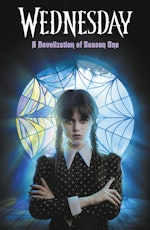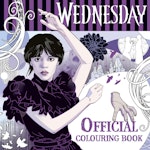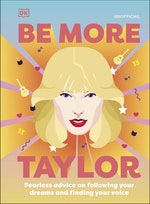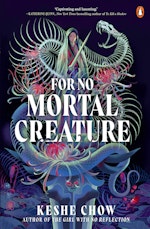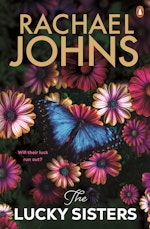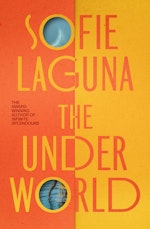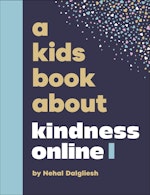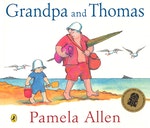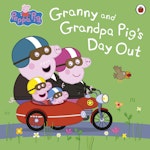Kate Forsyth on recapturing the magic of classic fairy tales.
Fairy tales have fascinated me ever since I first read them as a little girl. I loved their beauty and their danger, their dark edge and bright endings, and the sense that all things are possible in those worlds…
All of my work draws on fairy tales in some way, whether clearly or covertly. Yet in the last few years, I have tried to find new ways of drawing upon the potency of fairy tales by setting them in unexpected times or places. The use of fairy tales in my work has grown – I hope – both bolder and more surprising.
Bitter Greens is a retelling of ‘Rapunzel’, interwoven with the true-life story of the woman who first wrote the tale. Her name was Charlotte-Rose de La Force, and she was banished from the glittering court of Versailles to a nunnery by her cousin, Louis XIV, the Sun King, as punishment for her wild and wicked ways. Charlotte-Rose wrote her story ‘Persinette’ (the tale we know now as ‘Rapunzel’) while incarcerated in the convent. I was struck by the similarities between her life and the story she wrote, and so began to find ways to weave the two stories together. Bitter Greens was written as the creative component of my doctorate in fairy tales, and reflects my interest in rediscovering the older versions of tales, before the stories were sanitised and Disneyfied.
The Wild Girl tells the story of the forbidden romance between Wilhelm Grimm and Dortchen Wild, the young woman who told him many of what became the world’s favourite fairy tales – such as ‘Hansel & Gretel’, ‘Rumpelstiltskin’, ‘The Six Swans’ and ‘The Frog King’. I stumbled upon their passionate love affair while researching Bitter Greens and knew at once I had to tell their story. Instead of choosing one of Dortchen Wild’s tales to retell, as I did with Charlotte-Rose de la Force’s ‘Persinette’, I instead showed how each tale came to be told and took the symbols and structures of seven of her stories to build my thematic structure. Set during the turbulent years of the Napoleonic Wars, The Wild Girl celebrates the redemptive power of storytelling in all of our lives.
Dancing on Knives uses fairy tales in a very different way indeed. Set in contemporary Australia, it tells the story of a young woman named Sara who has not left her home in six years. It is as if every step hurts her, as if she is stepping on knives like the Little Mermaid in the tale by Hans Christian Andersen. The parallels between this novel and ‘The Little Mermaid’ are faint and fleeting, and yet show how potent such old tales can still be in the lives of people today.
The Beast’s Garden is a retelling of the Grimm brothers’ version of ‘Beauty & the Beast’, set in the underground resistance to Hitler’s Third Reich. Once again, I have chosen to retell the story in a most unexpected time and setting, while still bringing to life the forgotten stories of real-life women. Unlike the heroines of Bitter Greens and The Wild Girl, these women were not fairy tale tellers. They were, however, writers and artists and wives and mothers who found themselves risking their lives to fight against the Nazis.
Beauty in Thorns is a reimagining of ‘Sleeping Beauty’ set among the passions and scandals of the Pre-Raphaelite circle of artists and writers in mid-Victorian England. It tells the story of the creation of the famous ‘Briar Rose’ series of paintings by Edward Burne-Jones, in which he used his own daughter as the model for Sleeping Beauty. The book is told in the voices of four very different but equally fascinating women. Georgie Burne-Jones fell in love with Edward when she was only a child, and they were married when she was nineteen. She put aside her own dreams of art to support him, and was steadfast in her love despite betrayal and tragedy. Her daughter Margot became her father’s most significant muse, and he tried to keep her an innocent child as long as possible, even as Margot grew up and fell in love. Lizzie Siddal was the muse and mistress of the charismatic painter Dante Gabriel Rossetti, but was heartbroken by his infidelities. Janey Morris was married to Edward’s best friend William Morris but secretly in love with Rossetti. A story of art and love and awakenings of all kinds.

